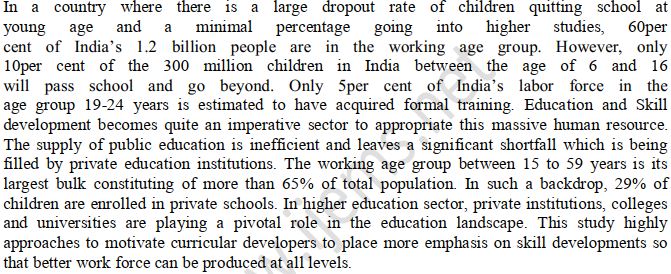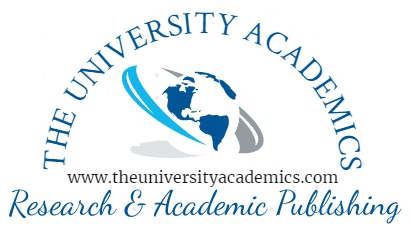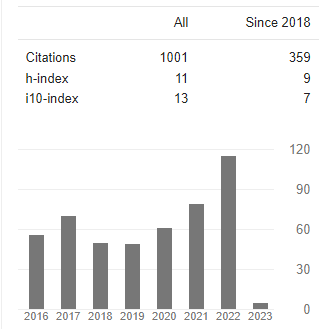TEACHING PROGRESS THROUGH TEACHING AND LEARNING PROGRAMS OF SKILL DEVELOPMENT
Abstract
In a country where there is a large dropout rate of children quitting school at young age and a minimal percentage going into higher studies, 60per cent of India’s 1.2 billion people are in the working age group. However, only 10per cent of the 300 million children in India between the age of 6 and 16 will pass school and go beyond. Only 5per cent of India’s labor force in the age group 19-24 years is estimated to have acquired formal training. Education and Skill development becomes quite an imperative sector to appropriate this massive human resource. The supply of public education is inefficient and leaves a significant shortfall which is being filled by private education institutions. The working age group between 15 to 59 years is its largest bulk constituting of more than 65% of total population. In such a backdrop, 29% of children are enrolled in private schools. In higher education sector, private institutions, colleges and universities are playing a pivotal role in the education landscape. This study highly approaches to motivate curricular developers to place more emphasis on skill developments so that better work force can be produced at all levels.
Downloads
References
Crossley, J. (2018). Addressing learner disorientation: Give them a roadmap. Medical Teacher, 36(8), 685- 691. (Undergraduate; Medicine.) The final publication is available from NCBI.
Federation of Indian Chambers of Commerce and Industry, (FICCI 2010), The skill development landscape in India and implementing Quality skills training. Zugriff am 19.April.
Gray, S., Coates, L., Fraser, A., & Pierce, P. (2017). Developing research skills across the undergraduate curriculum. New Directions for Higher Education. 169, 85-94. (Undergraduate; Liberal Arts.) The final
publication is available from Wiley.
Klebansky, A., & Fraser, S. (2017). A strategic approach to curriculum design for information literacy in teacher education – Implementing an information literacy conceptual framework, 38(11), 103-125. (Undergraduate; Teacher Education.)
Paterson, G., Rachfall, T., & Reid, C. (2016). Building a Culture of Research: Using Undergraduate Research to Advance the TR Profession, Build Research Capacity, and Foster Collaborative Relationships. Therapeutic Recreation Journal, 47(4), 259-275. (Undergraduate; Therapeutic Recreation.)
Matas, C. (2012). Doctoral education and skills development: An international perspective. Revista de Docencia Universitaria 10(2), 163-191. (PhD; multidisciplinary.)
Miller, J. (2014). Building academic literacy and research skills by contributing to Wikipedia: A case study at an Australian university. Journal of Academic Language & Learning, 8(2), A72-86. (Preparatory school
students.)
Singh Mandeep; Evaluation And Improvement Of Sports Techniques Through Biomechanical Updated Analyzing Technology; University News, Journal of Higher Education Association of Indian Universities; Vol.48 No.05, Feb 01-07, 2010,pp.54-57
Singh Mandeep; Analysis Of Set Shot In Basketball In Relation With The Time To Perform The Course And Displacement Of Center Of Gravity; American Journal of Sports Science-USA; Vol.2 No.5
Singh Mandeep; A Study Of Aggression Among Adolloscent National Players In Relation To Sex, Famly And Ordinal Position; Journal of Sports, Physical Education Allied and Alternative Sciences; Vol.01 No.01
July2010,pp 50-55
Willison, J. and O’Regan, K. (2007). Commonly known, commonly not known, totally unknown: A framework for students becoming researchers. Higher Education Research and Development, 26(4), 393-
409. (Undergraduate; multidisciplinary.)
Woods, C. (2009) ‘Becoming a writer researcher: Exploring the poetic, rhetorical and referential.’ Margins and Mainstreams: Refereed conference papers of the 14th Annual AAWP Conference. (Undergraduate and postgraduate; Creative and Professional Writing.)















